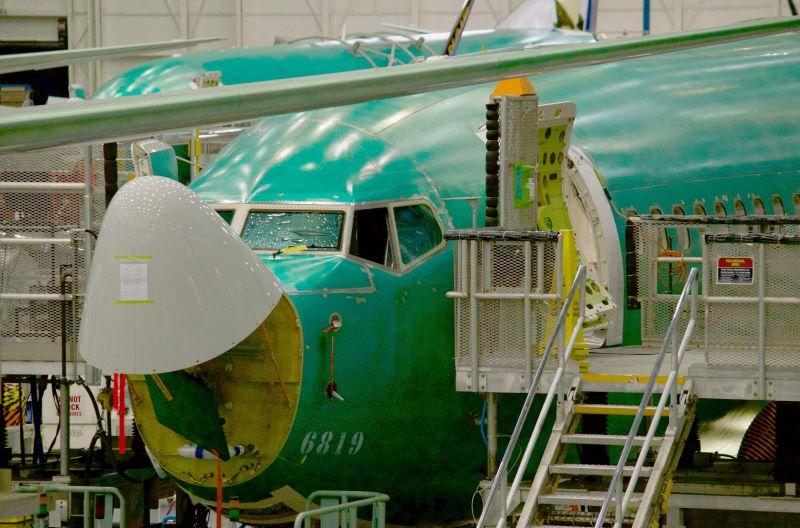Daily Memo: As Demand Surges, Aftermarket Headwinds Are Mostly Internal

Can the aftermarket environment get any better?
Many airlines are running every available piece of equipment they have, constrained not by weak demand or other macro factors, but in most cases, labor.
The new-aircraft delivery pace is improving but can hardly be called consistent. On the heels of a strong first quarter of 737 MAX deliveries, Boeing’s 737 program hit another snag—non-conforming fuselage-to-vertical fin assemblies—that will require re-work on many of the aircraft in its inventory. That will translate into delivery delays and probably a bit more maintenance spend on some older narrowbodies picking up the slack.
China’s steady reopening means an uptick in MRO work linked to supporting the rise in activity.
Add it up and the commercial market is targeting 15-20% growth in 2023 on the heels of a solid 2022.
Absent a major disruption (remember 2020?), the biggest threats to the aftermarket’s surge seem to be internal, or at least not linked to major macro factors such as demand or inflation.
Leading the way: parts and materials lead times.
The most recent RBC Capital Markets MRO provider survey shows that 75% of respondents put spares concerns at or near the top of their lists of biggest watch items. That’s a 10% jump from the fourth quarter, when materials was matched by staffing as the most oft-cited issues.
Human capital is still a concern—the second-most cited one by the 40-odd respondents, in fact. It’s just far outpaced by parts.
Capacity is an issue as well.
RBC reports that CFM International has begun tracking the time an engine waits to enter an overhaul shop to its list of KPIs. “This time is currently running at about 100 days, and CFM does not expect this to completely normalize before mid-2024,” RBC’s Ken Herbert wrote.
While the engine side is running the hottest, capacity constraints are evident elsewhere. Airframe slots at Embraer’s Nashville, Tenn. and Macon, Ga., overhaul facilities are next to impossible to book before 2025; the surge of mostly U.S. regional airlines wanting to keep their E170-series fleets in service forced the Nashville facility to fill a line usually reserved for ad-hoc work.
“We’re at nine lines [in Nashville], and we’re sold out through 2024,” Embraer VP for global MRO centers Frank Stevens told Aviation Week’s Inside MRO. “We can probably put one or two more airplanes in [Macon] and then we’re full through 2024. The industry is booming back so quickly, and companies are flying airplanes so much that they are coming in for maintenance a lot faster than they were before.”
Aftermarket providers are handling the surge—at least so far. But they are keeping a close eye on key trends.
“I think the air traffic will grow stronger compared to our initial expectation for the year,” MTU Aero Engines CFO Peter Kameritsch said on a February earnings call. “We do see continuing supply chain hiccups throughout the year 2023, but it’s certainly improving,” he continued, citing suppliers of “big structural parts”—forgings and castings—as a particular pain point.
“They were struggling to compensate the loss of employees that occurred during the post pandemic or with COVID,” Kameritsch added. “They’re stepping up their personnel. They’re back in recruiting. But it takes some months, maybe even one year, depending on the level of know-how [required] to qualify and certify the employees.”
